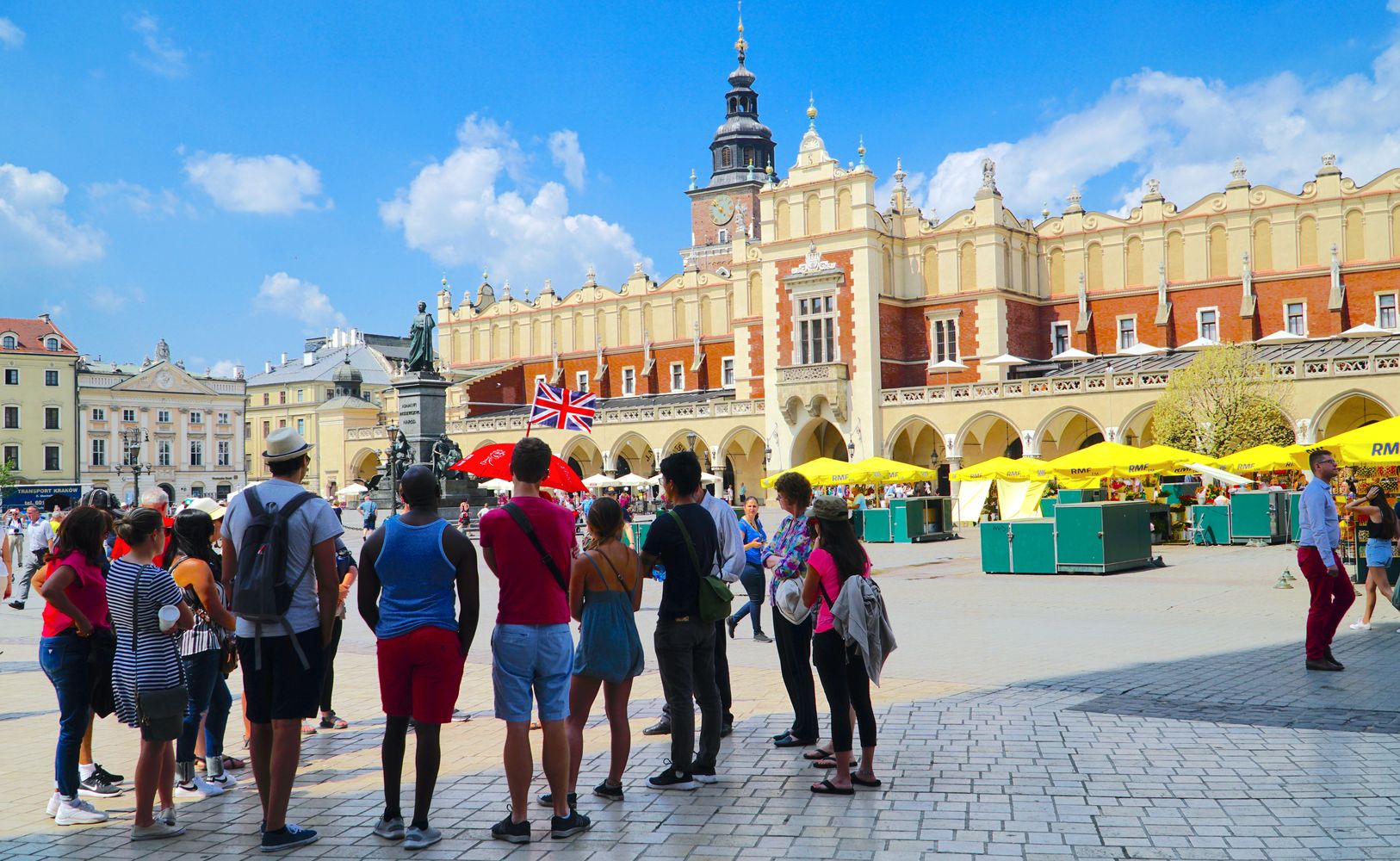
The European Surprise – Why We Misread The Continent’s Shifts
Authored by Tamuz Itai via The Epoch Times (emphasis ours),
Europe’s political landscape continues to defy expectations, leaving analysts and policymakers scrambling to explain outcomes that, in hindsight, seem foreseeable. From the UK’s Brexit vote to Giorgia Meloni’s rise in Italy, the Alternative für Deutschland (AfD) surge in Germany, Dutch farmers’ revolts, and Marine Le Pen’s ascent in France, each development triggers a chorus of shocked “No one saw this coming.” Yet millions of Europeans did.
 Italian Prime Minister Giorgia Meloni ahead of a bilateral meeting with UK Prime Minister Keir Starmer at 10 Downing Street in London on March 2, 2025. Ben Whitley – WPA Pool/Getty Images
Italian Prime Minister Giorgia Meloni ahead of a bilateral meeting with UK Prime Minister Keir Starmer at 10 Downing Street in London on March 2, 2025. Ben Whitley – WPA Pool/Getty ImagesThe persistent surprise may stem from a flawed lens—dominated by English-language media filters, historical overcorrections, and shrinking on-the-ground reporting—that distorts our understanding. As these shifts ripple globally, misreading Europe poses strategic risks we can no longer afford to ignore.
The pattern is unmistakable. Europe has been portrayed as a stable, liberal bastion—centrist coalitions driving climate action and European Union unity, embodying a progressive ideal. Yet reality diverges: The UK exited the EU in 2016, Meloni became Italy’s prime minister in 2022, Germany’s AfD polled second nationally in 2025, Dutch farmers blocked roads over nitrogen policies, and France’s center collapsed in 2024, elevating Le Pen. Each time, English-language coverage reacts with shock, missing signals visible to local populations.
The Media’s Blind Spot
This disconnect begins with a critical media filter. English-language European outlets, such as state-funded France 24, Deutsche Welle, Politico Europe, and center-left publications like Le Monde, cater to an urban, university-educated, globally minded audience. These sources are mostly credible and professional but reflect a narrow slice of society, underrepresenting conservative and rural perspectives.
A key disparity amplifies this bias: While mainstream liberal media regularly publish English editions, conservative and right-wing outlets across Europe—such as Germany’s Junge Freiheit or Italy’s Il Giornale—rarely do. This choice stems from several factors: a lack of perceived demand in English-speaking markets, suspicion of hostile Anglo-American coverage, and a strategic focus on local bases.
As a result, English-speaking audiences relying on European media’s English editions get an incomplete picture, skewed toward liberal narratives and missing the conservative currents driving political shifts.
Europe’s Hidden Currents
Country-specific examples reveal the depth of this gap. In Italy, Meloni’s 2022 victory, often labeled “neo-fascist” because of her party’s post-fascist roots, was misread by English outlets. Yet her platform—lower taxes, stronger borders, and national pride—reflected frustration with unelected technocrats and Brussels’ fiscal rules. She formed a coalition with Matteo Salvini’s League and Forza Italia, securing a parliamentary majority with 44 percent of the vote, appealing to millions disillusioned by years of instability, not extremism. Her government’s three-year record (2022 to 2025) has focused on economic recovery.
In Germany, AfD’s rise to more than 20 percent in state elections and a mayoral win in 2025 reflect discontent with soaring energy prices post-nuclear shutdown and immigration strains. Yet it’s framed as a dangerous anomaly, ignoring its roots in rural and eastern voter bases.
In the Netherlands, the government’s 2019 nitrogen reduction plan, mandating farm buyouts, sparked tractor blockades by farmers facing existential threats to generational livelihoods. The Farmer-Citizen Movement, formed in response, became the largest party in the Dutch Senate by 2023, a democratic revolt misread as a sideshow.
In France, President Emmanuel Macron’s 2024 dissolution of the National Assembly followed his party’s European election defeat, paving the way for Le Pen’s National Rally. Her movement, drawing working-class and youth voters from disaffected leftist unions, has softened its rhetoric—shifting from anti-immigrant hardline to economic populism—normalizing her appeal amid the center’s collapse.
Postwar Shadows
This blind spot is structural, rooted in postwar Europe’s “firewall” logic. After World War II, institutions like Germany’s Basic Law and France’s laïcité were designed to prevent fascism and nationalism, embedding a cultural consensus against these ideologies. The EU, as a moral project to dissolve rivalries, reinforced this stance.
Over time, this overcorrection stigmatized moderate conservatism—national flags or religious appeals were red flags, dissent from EU norms labeled “anti-democratic.” Repressing these voices buried resentment, fueling unexpected populism. The UK grooming gang scandals illustrate a similar pattern: institutional real fear of fomenting racism delayed action on abuse, worsening the crisis. In Europe, suppressing feedback has similarly driven political surprises.
Anglosphere’s Distance
The Anglosphere’s media compounds this. Decades ago, outlets like The New York Times or CBS maintained lively European bureaus, offering nuance and real understanding of reality on the ground. Budget cuts and shifting priorities have shuttered many, replacing correspondents with wire services and freelancers. Walter Duranty’s downplaying of Joseph Stalin’s Holodomor, despite his Moscow base, shows proximity isn’t a cure-all, but its absence distorts coverage, even by the mere addition of intermediaries.
Today’s reports—relying on embassy briefings, nongovernmental organization releases, the European media’s English language editions, or echo-chamber articles—many times lack critical context. For example, there was the framing of Dutch tractor protests as climate backlash rather than a livelihood crisis. For policymakers and investors, this distance misjudges risks, from policy legitimacy to market stability.
Global Stakes at Risk
The stakes are high. Misreading Europe leads to ill-fated policies, regulatory backlash, and eroding trust in journalism, fueling polarization. Each “shock result” signals analytical failure with global repercussions—markets shift, alliances waver, and migration patterns change. The postwar consensus, while essential, has ossified into dogma, blinding elites to new threats.
A Call for Clarity
To see Europe clearly, we ought to think and act like historians. We stop waiting for “The Truth” to arrive in a statement and start building our own mosaic. This means reading across ideological spectra, using artificial intelligence to translate non-English conservative sources like Junge Freiheit (even if one vehemently disagrees with its editorial line), tracking polling trends, and listening beyond capitals.
This is not about endorsing right-wing or conservative parties over liberal and progressive ideologies; rather, it underscores that navigating with a flawed map—lacking the full true picture—hurts everyone’s performance. Understanding Europe’s diverse political currents, progressive gains and conservative surges alike, reduces the risk of costly surprises.
Views expressed in this article are opinions of the author and do not necessarily reflect the views of The Epoch Times.
Tyler Durden
Tue, 07/15/2025 – 03:30













